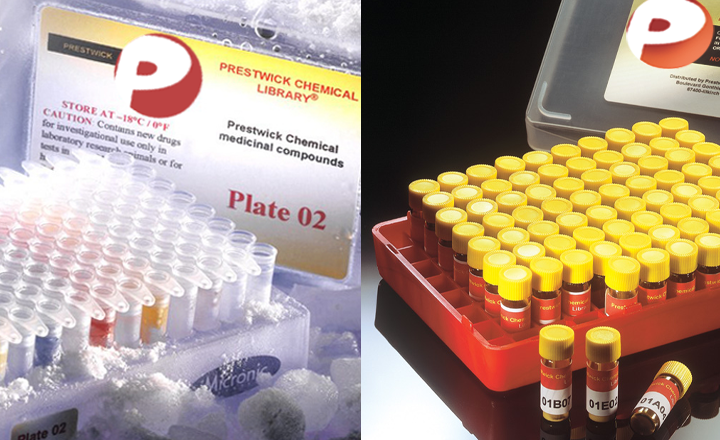Pharmacological targeting of the mitochondrial phosphatase PTPMT1.
Doughty-Shenton D, Joseph JD, Zhang J, Pagliarini DJ, Kim Y, Lu D, Dixon JE, Casey PJ
The Journal of pharmacology and experimental therapeutics - vol. 333 584-92 (2010)
The Journal of pharmacology and experimental therapeutics
The dual-specificity protein tyrosine phosphatases (PTPs) play integral roles in the regulation of cell signaling. There is a need for new tools to study these phosphatases, and the identification of inhibitors potentially affords not only new means for their study, but also possible therapeutics for the treatment of diseases caused by their dysregulation. However, the identification of selective inhibitors of the protein phosphatases has proven somewhat difficult. PTP localized to mitochondrion 1 (PTPMT1) is a recently discovered dual-specificity phosphatase that has been implicated in the regulation of insulin secretion. Screening of a commercially available small-molecule library yielded alexidine dihydrochloride, a dibiguanide compound, as an effective and selective inhibitor of PTPMT1 with an in vitro concentration that inhibits response by 50% of 1.08 microM. A related dibiguanide analog, chlorhexidine dihydrochloride, also significantly inhibited PTPMT1, albeit with lower potency, while a monobiguanide analog showed very weak inhibition. Treatment of isolated rat pancreatic islets with alexidine dihydrochloride resulted in a dose-dependent increase in insulin secretion, whereas treatment of a pancreatic beta-cell line with the drug affected the phosphorylation of mitochondrial proteins in a manner similar to genetic inhibition of PTPMT1. Furthermore, knockdown of PTPMT1 in rat islets rendered them insensitive to alexidine dihydrochloride treatment, providing evidence for mechanism-based activity of the inhibitor. Taken together, these studies establish alexidine dihydrochloride as an effective inhibitor of PTPMT1, both in vitro and in cells, and support the notion that PTPMT1 could serve as a pharmacological target in the treatment of type II diabetes.


